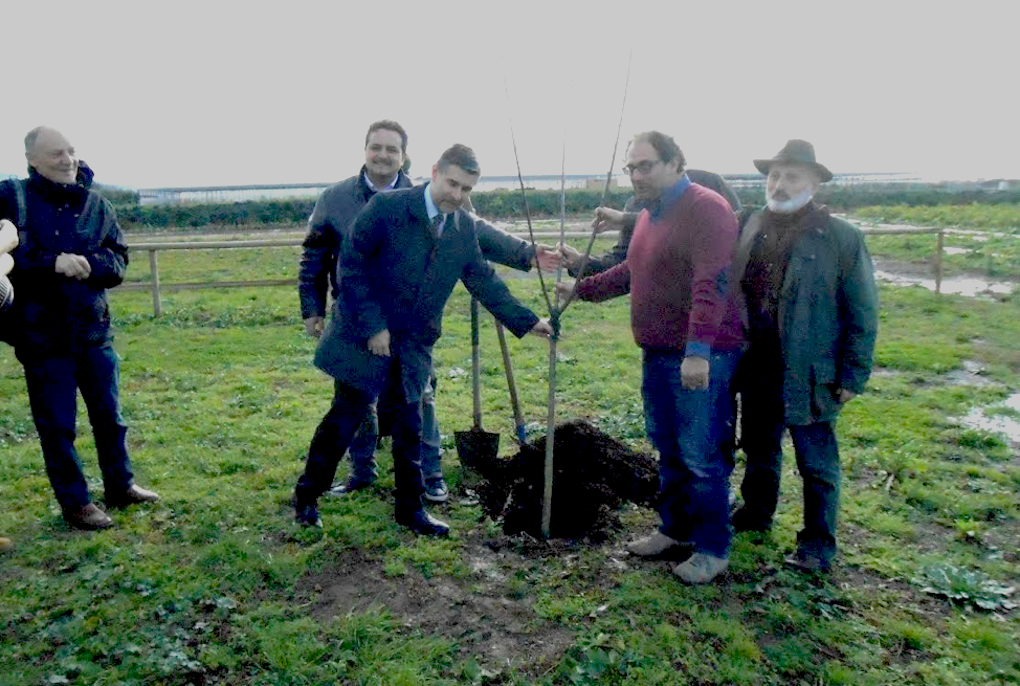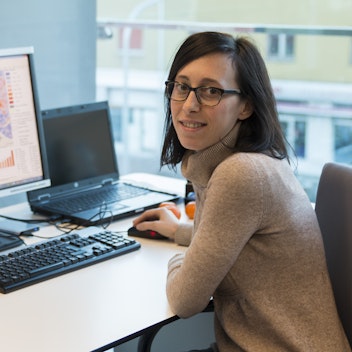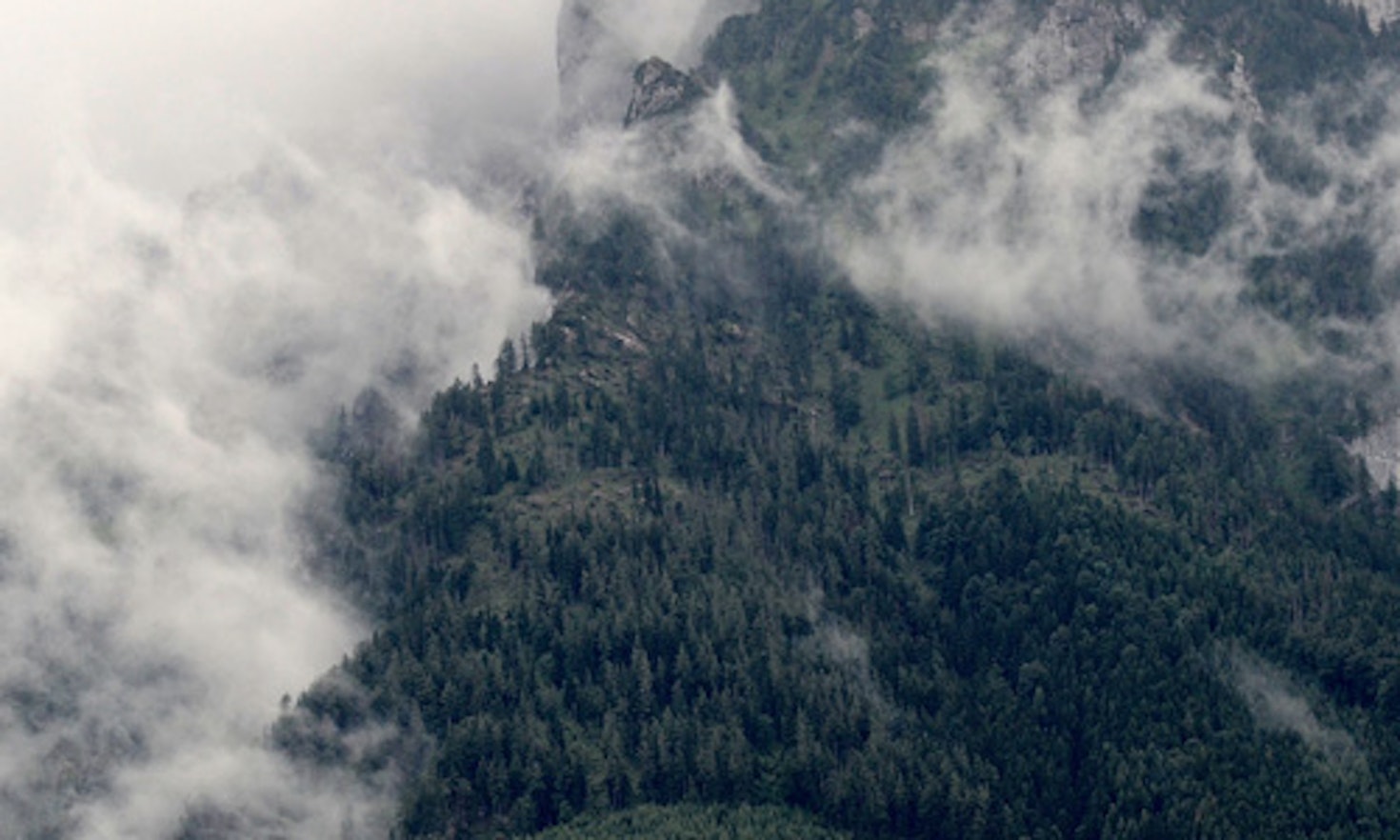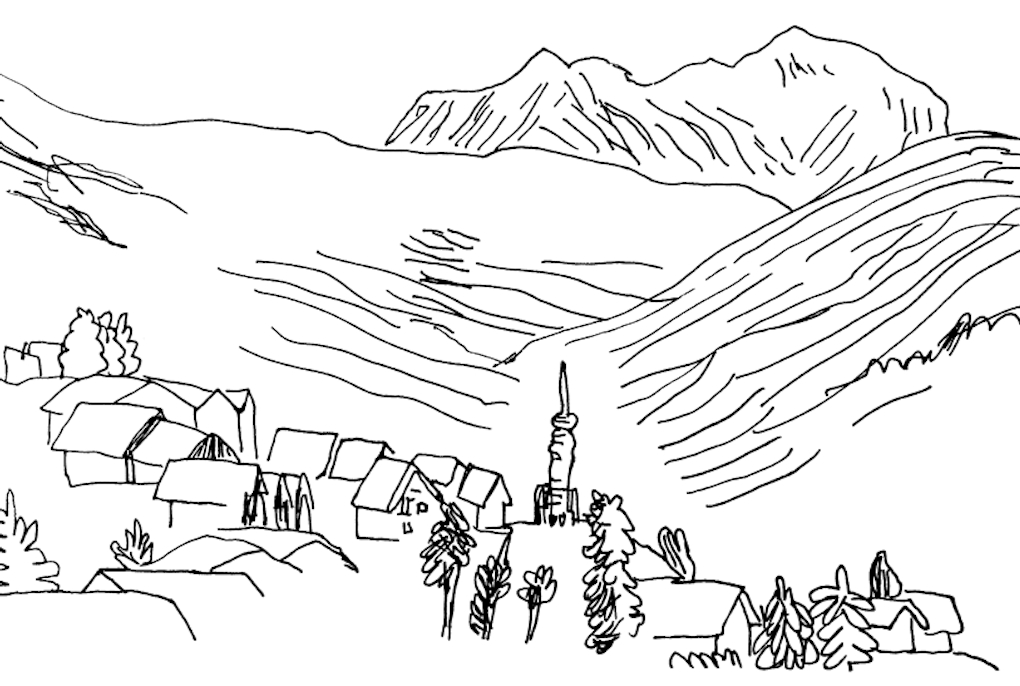
Agricoltura sociale come multiculturalita e simbolo di un welfare generativo



Looking beyond the tourism intensive areas of the Alps, there exist many other beautiful peripheral mountain regions that face depopulation and economic decline. Institutions like the World Tourism Organisation as well as scientists have argued for decades that rural tourism can incite economic development in mountain regions, as it creates jobs and diversifies agriculturally dominated countrysides. It is an approach that seems justified when looking at the prosperity that tourism development has brought to many alpine villages. This is especially so in the mountain areas of Eastern Europe, but also in disadvantaged peripheral regions of the Apennines or the Alps that aspire to establish themselves as tourism destinations. Although these mountain regions are characterised by a rich natural and cultural heritage, the communities often have difficulty capitalising on their economic potential.
Within the European project ‘InRuTou’, a partnership of nine organisations (including EURAC) is striving to develop and test an innovative model for the facilitation and enhancement of rural tourism in mountain regions. In this context, the EURAC Institute for Regional Development and Location Management has analysed success factors and challenges that rural destinations can face on the road to tourism establishment based on qualitative interviews with representatives of best-practice initiatives. The case-studies included rural tourism initiatives across the Alps, the Apennines and the Carpathians – encompassing examples from Austria, Italy, Romania, Ukraine and Poland.
One of these initiatives is called “Briganti di Cerreto”, a community cooperative founded in the Apennine Mountains (Reggio Emilia) in 2003. The cooperative’s project manager explained that the initiative was originally designed to revive the local community and create new jobs. Despite some initial skepticism from the local population and the public administration, the cooperative also began to develop authentic and nature-based tourism products and offers in the village. They succeeded in valorising the unique natural and agricultural features of their region and their traditions, culture and gastronomy. The commitment of the entire village, intergenerational synergism, and a spirit of authentic hospitality led to the success of this initiative. Today, ten employees work for “Briganti di Cerreto”, which has been directly or indirectly involved in the creation of several new tourism businesses. The small village now records more than 1,500 overnight stays every year.
Based on the interviews, a number of common factors emerged within the case studies that would seem to form the motor of successful tourism development. These include: engaging in a participative approach that integrates the opinion of all local actors; generating cross-sectoral as well as cross-boundary networks; delivering products and offers underlying the principles of quality and authenticity, which is particularly important in the context of local cuisine, as tourists increasingly seek for these products from regional agriculture; favouring a leadership mentality; and last but not least, using up-to-date and social-media-intensive communication seems to play an important role for distributing rural tourism products and for promoting a destination on the market. Integrating ICT-related solutions for the promotion of rural tourism development represents a core element of the ‘InRuTou’-project.
However, tourism development might not be a panacea for countering economic decline in every rural mountain region. Historically, tourism development in the Alps concentrated mainly on the establishment of ski tourism. But climate change and changing consumer behaviour with respect to classic ski tourism might be a drawback to the development of winter tourism destinations. However, alternative winter activities – such as snowshoeing or ski tours – are gaining in importance, and combined in a flexible way with snow-independent activities (e.g. wellness), destinations may be benefitting from these developments.
Ultimately, tourism is also a potential contributor to negative environmental and social impacts, such as the increase of motorised traffic volume, the exploitation of the local labour force or the increase in real estate prices. Emerging rural destinations might be able to encounter some of these challenges by integrating the concept of sustainability into rural tourism development processes.
The Partnership organisations involved within the ‘InRuTou’ project are: IMC University of Applied Sciences Krems, Associazione SOPHIA R&I, Associazione Seed, UNEP Vienna, Bournemouth University, Romontana, Ecopsychology Society and Information Center Green Dossier. The project has been funded with support from the European Commission in the framework of the ‘Life Long Learning’ Programme.
Autor: Lena-Marie Lun
Links zum Thema
This content is licensed under a Creative Commons Attribution 4.0 International license.




 Julia Stauder
Julia Stauder
 Eleonora Psenner
Eleonora Psenner